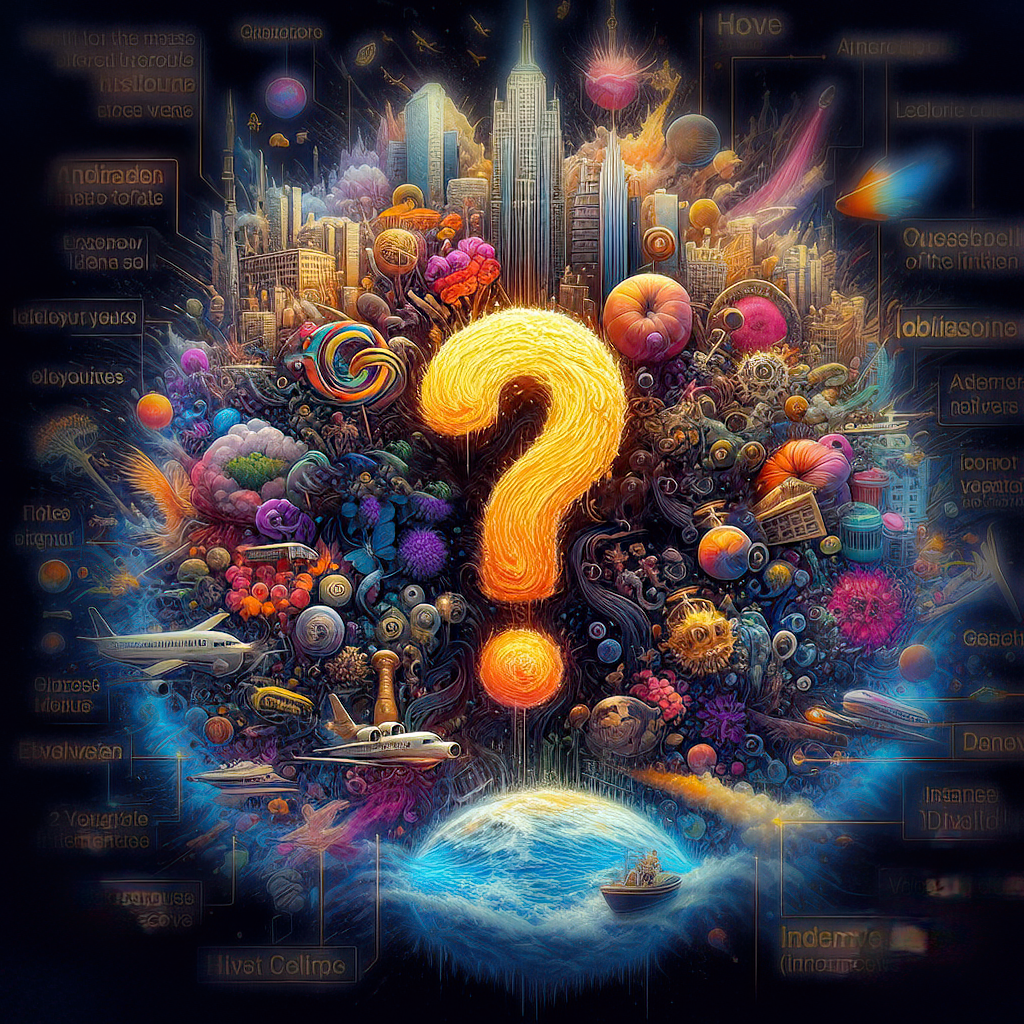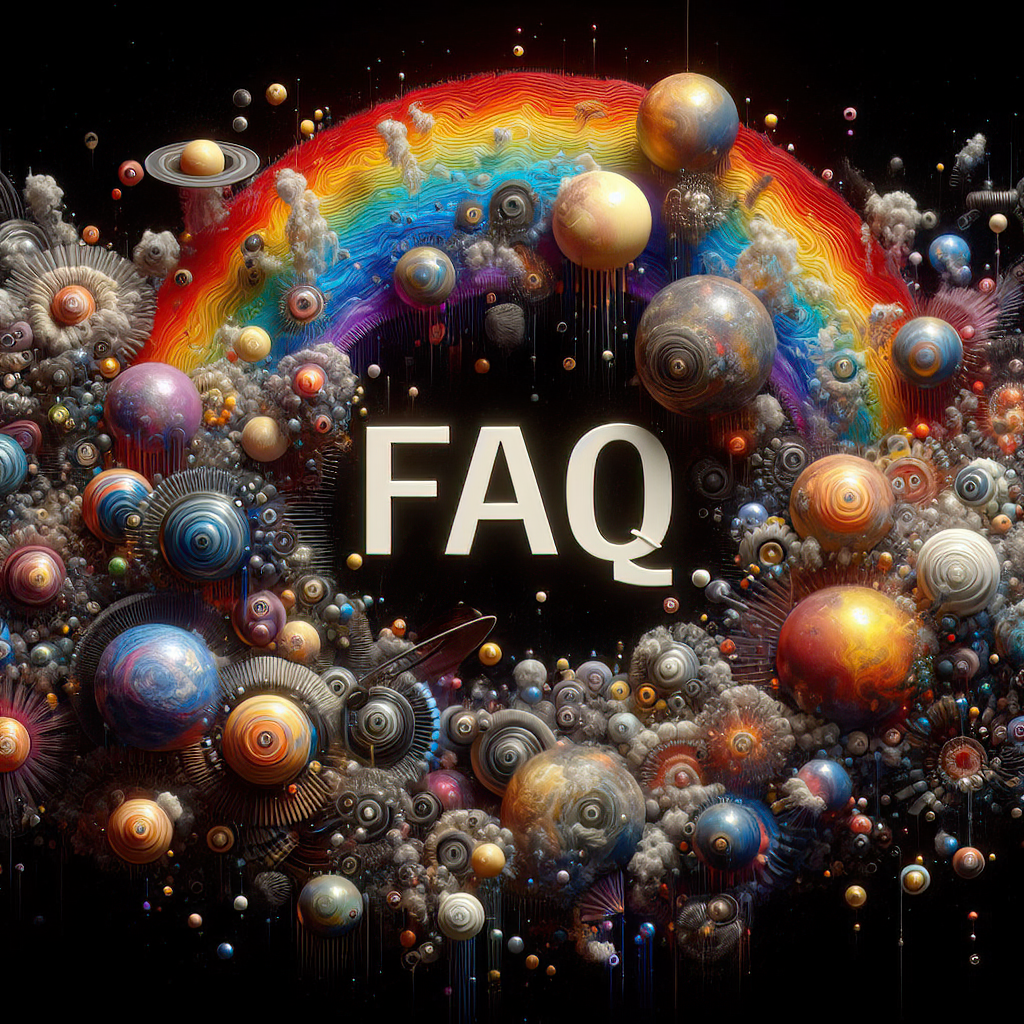
par Bill Tiepelman
Inspiration visuelle pour la fiction historique
Inspiration visuelle pour la fiction historique : rechercher et recréer le passé La fiction historique est un mélange unique d’imagination et d’authenticité. En tant qu’écrivain, votre travail consiste à transporter les lecteurs dans une autre époque tout en gardant votre histoire captivante et crédible. Mais comment recréer un monde qui n’existe plus ? La réponse réside dans l’inspiration visuelle : utiliser l’art, les photographies, les artefacts et l’architecture pour redonner vie au passé. Dans ce guide, nous explorerons comment rechercher et incorporer des éléments visuels dans votre fiction historique, donnant à votre histoire la richesse et la profondeur qu'elle mérite. Pourquoi la recherche visuelle est importante dans la fiction historique Les éléments visuels sont plus que décoratifs : ils permettent de mieux comprendre le passé. Voici comment ils peuvent enrichir votre fiction historique : Authenticité : des visuels précis garantissent que vos décors, personnages et détails semblent fidèles à l'époque. Immersion : décrire des visuels aide les lecteurs à s’imaginer dans le monde historique que vous avez créé. Profondeur de la narration : les artefacts, l’architecture et les vêtements peuvent devenir des éléments de l’intrigue ou des symboles dans votre histoire. La recherche visuelle rend votre fiction historique plus attrayante, en fournissant une toile de fond vivante qui complète votre récit. Étape 1 : Rassembler des références visuelles Commencez par rassembler des images qui capturent l'essence de la période que vous avez choisie. Voici où chercher : Musées et archives : visitez les musées locaux ou explorez les archives en ligne comme la Bibliothèque du Congrès ou le British Museum. Art et photographie : Étudiez des peintures, des croquis ou des photographies anciennes pour comprendre les vêtements, les paysages et la vie quotidienne. Documents historiques : recherchez des cartes, des plans ou des diagrammes qui illustrent les paramètres de votre histoire. Reconstitutions et documentaires : Regardez des drames d’époque ou assistez à des reconstitutions historiques pour des visuels immersifs. Organisez vos références en catégories telles que la mode, l'architecture et la vie quotidienne pour garder vos recherches gérables. Étape 2 : Utiliser l’architecture pour planter le décor Les bâtiments sont une fenêtre ouverte sur l'histoire, reflétant la culture, la technologie et les priorités de l'époque. Lorsque vous décrivez des environnements, pensez à : Matériaux : De quoi étaient faits les bâtiments ? De la pierre, du bois ou de la brique ? Ces détails évoquent les ressources et les capacités d'ingénierie de l'époque. Style : gothique, baroque ou victorien ? Les styles architecturaux reflètent les influences et les valeurs culturelles. Fonction : Comment les espaces étaient-ils utilisés ? Une place de marché animée diffère considérablement d'un manoir majestueux. Par exemple, décrire les hauts plafonds et les vitraux d’une cathédrale médiévale peut créer une scène de grandeur et de spiritualité, tandis qu’un immeuble exigu évoque la lutte et la résilience. Étape 3 : Recréer la mode historique Les vêtements sont un autre élément clé de la narration visuelle, révélant la classe sociale, la profession et la personnalité. Pour rendre vos descriptions authentiques, recherchez : Tissus : Les vêtements étaient-ils en laine, en soie ou en coton ? Quelles teintures et quels motifs étaient disponibles ? Styles : Regardez les vêtements spécifiques à chaque période comme les corsets, les tuniques ou les gilets. Accessoires : Les chapeaux, les bijoux et les chaussures indiquaient souvent un statut ou une identité régionale. Par exemple : « Sa robe, d’un vert olive discret, portait l’éclat subtil de la soie – un luxe qu’elle pouvait difficilement se permettre mais qu’elle portait néanmoins, associé à des bottes bien usées qui trahissaient ses difficultés. » Étape 4 : Incorporer les artefacts Les artefacts peuvent ajouter de la profondeur et du réalisme à votre histoire. Pensez aux objets avec lesquels vos personnages pourraient interagir quotidiennement : Outils : Le matériel agricole, les instruments médicaux ou encore les outils artisanaux peuvent mettre en valeur des métiers et des technologies. Objets personnels : les journaux, les lettres ou les bijoux peuvent servir de détails définissant un personnage ou de supports à l'intrigue. Armes : des épées aux mousquets, les armes reflètent souvent le conflit ou l’époque que votre histoire explore. Ces objets peuvent également symboliser des thèmes ou servir de métaphores, ajoutant des couches à votre récit. Étape 5 : Utilisez la couleur pour refléter l’époque Dans les contextes historiques, les couleurs étaient souvent dictées par les colorants, les matériaux et les significations culturelles disponibles. La recherche de ces détails peut rendre vos descriptions plus vivantes : L'Europe médiévale : des rouges riches, des bleus profonds et des ors pour la noblesse ; des bruns et des verts terreux pour les paysans. XIXe siècle : pastels doux, gris industriels ou fleurs vibrantes selon le décor. Civilisations anciennes : ocres vives, bleus cobalt et tons terre cuite reflétant les pigments naturels. Réfléchissez à la manière dont la couleur peut transmettre l’ambiance ou le statut dans vos scènes. Étape 6 : Associer recherche et créativité Même si l'authenticité est cruciale, n'oubliez pas que la fiction historique reste une fiction. Servez-vous de vos recherches comme base, mais n'ayez pas peur d'embellir ou d'adapter les détails pour servir votre histoire. Par exemple : Combinez des éléments provenant de différentes sources pour créer des environnements uniques. Utilisez les descriptions visuelles avec parcimonie pour éviter de submerger les lecteurs avec trop de détails. Concentrez-vous sur les détails qui améliorent l’ambiance, le personnage ou l’intrigue. La créativité comble le fossé entre l’histoire et la narration, rendant votre monde à la fois crédible et convaincant. Étape 7 : Créer une archive visuelle Au fur et à mesure que vous écrivez, conservez une archive visuelle à laquelle vous pourrez vous référer. Cela peut inclure : Dossiers d'images classées par thème. Mood boards avec couleurs, textures et visuels clés. Croquis ou schémas de décors et de costumes. Avoir ces références à portée de main peut rationaliser votre processus d’écriture et assurer la cohérence tout au long de votre histoire. Réflexions finales L'inspiration visuelle est la clé pour écrire une fiction historique authentique et vivante. En vous immergeant dans l'art, l'architecture et les objets de l'époque que vous avez choisie, vous pouvez créer un monde qui captive les lecteurs et les transporte dans une autre époque. Alors commencez vos recherches, rassemblez vos références et laissez le passé inspirer votre futur chef-d'œuvre. Votre monde historique n'attend plus qu'à être découvert. Donnez vie à votre monde historique grâce à une conception visuelle experte L'écriture de fiction historique est un art qui allie imagination et authenticité. Mais pour véritablement transporter vos lecteurs, vous avez besoin d'images qui capturent l'essence de l'époque que vous avez choisie. Chez Unfocussed Photography and Imaging , nous sommes spécialisés dans la création d'aides visuelles sur mesure qui donnent vie à votre univers historique. Recherche visuelle personnalisée : collaborez avec notre équipe pour rassembler des références détaillées sur l'architecture, la mode et les artefacts adaptés à votre récit. Illustrations et storyboards : utilisez des visuels époustouflants pour visualiser des scènes clés, des décors ou des moments de personnages avec une précision historique. Supports marketing historiques : améliorez vos couvertures de livres, vos conceptions promotionnelles ou votre narration visuelle avec une esthétique adaptée à l'époque. Laissez-nous vous aider à transformer votre fiction historique en une expérience immersive avec des visuels qui résonnent et inspirent. Découvrez nos services dès aujourd’hui et emmenez vos lecteurs dans un voyage qu’ils n’oublieront jamais !







